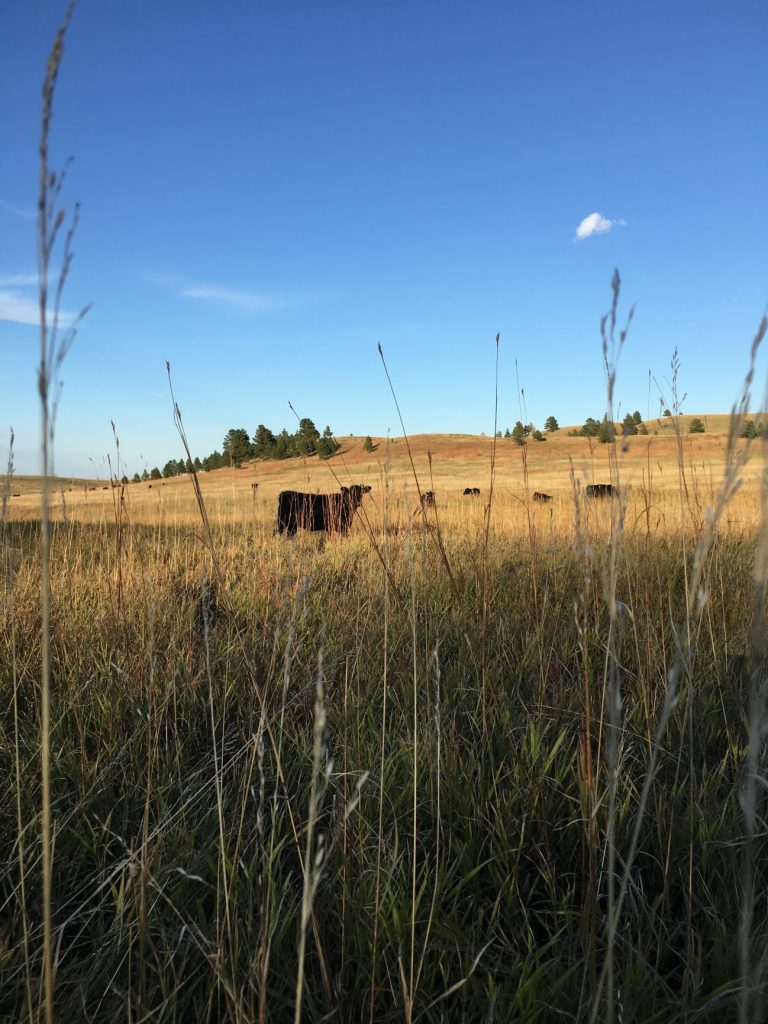You turn the livestock out every year in the same pasture all season long that is dominated by cool season grasses like brome grass or bluegrass. By the end of the grazing season, there lies an empty pasture with overgrazed grasses. Rotational grazing gives pastures the necessary time to regrow to a vegetative stage, deepen the root growth and lead to a more palatable grass.
The Setup
Permanent or temporary fencing systems function well for paddock setups. Permanent fencing is typically more costly yet saves time compared to the temporary fencing system. Temporary fencing works great when moving around a pond or slough. Don’t forget about a water source as well. Many options are possible, whether you split the paddocks through a natural water source or create a shared watering spot in a heavy-use area of all paddocks. Putting time into a new intensive rotational grazing system is necessary to see results.

Once the cows are moved to the next paddock, the previous pasture must be given time to rest and regrow to the full stand before cattle can graze again. Graze it off, grow it back
Allow for grazing during the vegetative state to get the most nutrition.
Grasses to Gains
Ensure livestock are grazing on the grasses during the vegetative state while palatability and protein levels are high. Once the grasses reach this point, diversity develops back into the pasture which starts to build up the soil health. Diverse grass stands grow different root systems that stretch deep into the soil to increase water infiltration, mineralization and nutrient uptake. Those fewer nondominant grasses are also given the chance to pop up and flourish. Don’t move the cattle back to the previous pasture until regrowth back to the full stand is seen. In the spring temps, moving the livestock can be done more often as the cool-season grasses are growing quicker compared to the warmer summer months.
Expect Change

If your grasses are growing faster than when you’re moving your livestock, you could run into some issues. When grazing on mature grasses the quality level decreases which leads to a drop in consumption. The growth of grasses isn’t going to be identical year after year and is expected to fluctuate. The amount of moisture, number of livestock, and rate at which the grasses are growing will determine the ideal time to move from paddock to paddock.
It Pays off
The benefits of intensive rotational grazing are endless. Short term, you’ll see the resting paddocks shine with developing grasses that haven’t grown in the continuous grazing system. Long term, an increase in stocking rates and stocking density is expected for the growth you see in the pastures.
Intensive rotational grazing gets you more from your pastures while giving back to them at the same time. With a little bit of fence, water and time a healthy and diverse pasture can be accomplished.




Great article! Thanks for posting, Justin!
Sally Imgrund, The Stockman Grass Farmer magazine.